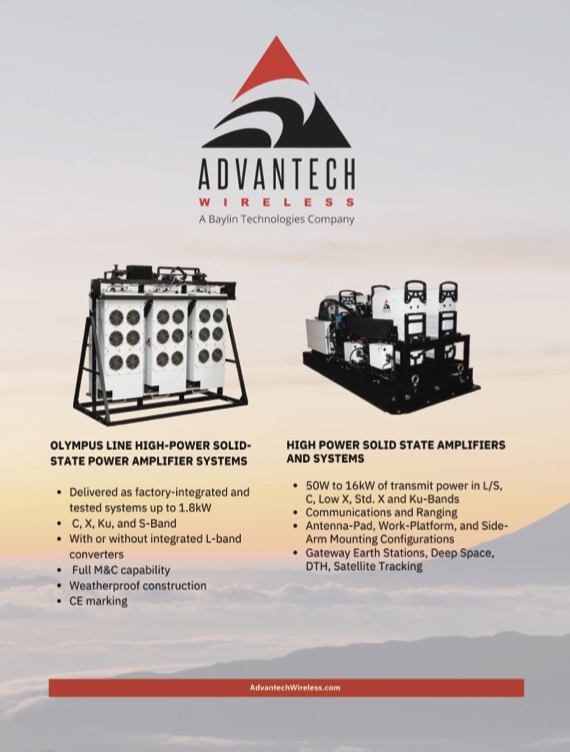In a previous article about critical communications in the Nordic countries that was published at the ReOrbit website, the discussion was how space becomes an essential piece to the puzzle of defence, security, emergency response, and humanitarian and diplomatic efforts, giving global connectivity a crucial, strategic role. With this comes a growing interest from different sovereign nations to have their data flow through their own networks and infrastructures.

In a world where most networks are owned or operated directly and indirectly by a handful of countries, data sovereignty is a top-of-mind concern for independent states, naturally directing the flow of thought to the next question in line: to buy or to lease a satellite?
First, what is the landscape description of ‘classic space,’ an industry that is historically long-term and capital-intensive. Costs are measured in hundreds of millions of dollars and lead times are typically measured in years.
Technical deployment and market risks are generally kept to a minimum. Decisions that are made today typically manifest themselves in the capacity market approximately five years into the future. That said, things have been swiftly evolving.
As the New Space economy is instituted across the globe (and beyond), players in the space sector have started to catch up with some of the trends derived from the wider, technology arena. The contrasts between the purchase of subscription services or leasing satellites (OpEx) and the purchase of hardware and making long-term investments (CapEx) come to the forefront.
Adding An Extra Beam For Extended Perspective
Widely stated in the satellite leasing market is that the cost structures and business models are more beneficial for customers, providing them with the holy grail — flexibility. State-of-the-art capacity can be added year over year, while classic space manufacturers, who are selling their satellites, need to wait approximately five years to upgrade their technology and, in general, their satellites are more prone to become outdated and less efficient in just a few years.
This was holding true until the moment when software-first satellites were introduced. They don’t arrive empty-handed — they carry a number of benefits:
• Built-in autonomous orbital capabilities that enable greater efficiency, improved lead times, and reduced costs
• Spacecraft becomes modular and configurable, adapting to market developments and enhancing onboard capabilities over time
• Improved responsiveness for the most time-sensitive applications; the list goes on and on...
The market has recognized that adapting satellite missions to changing customers and their needs has become increasingly crucial in an uncertain world. A software-first satellite can be reconfigured while on-orbit, enabling mission updates over time and such are also able to adjust to changing customer needs. That is highly beneficial, especially for government and military missions that rarely operate in static conditions.
Having a software-first autonomous, reconfigurable, on-orbit satellite that also has space-to-ground and space-to-space laser comms capabilities (opening up networks of satellites and dataflows in space) ensures they’ll always have the communications and connectivity they need to accomplish their mission — even if mission parameters or requirements change.
Another trend to be highlighted is that, with the intensification in the competitive environment and the resulting needs to diversify revenues, a growing number of players are motivated to move within their ecosystem and opt for verticalization upstream or downstream, resulting in the rise of vertically integrated constellations / satellite operators who have end-to-end control over their systems and services.
Traditional satellite operators haven’t been immune to this shift, either, and are now also changing their business models to managed services, trying to catch a larger piece of the pie.
In both cases, customers are at a loss, as they are missing out on the most important areas, especially when talking about communications — and even more so — critical communications missions: control, security, reliability, ownership, and management of the communications network according to owner’s needs, when and where preferred.
Sovereign Space Capacity For Connectivity
Today, when private individuals and selected countries control powerful new technologies that hover far above terrestrial, national borders, the questions being asked incldue:
• Who should own non-terrestrial networks?
• Whose interests should they serve?
• Who decides how they are used?
• What happens if a satellite leasing company goes bankrupt or disappears?
The reasons behind the need to own a network are many... a few that should be mentioned include...
• Fexibility (yet again)
• Resilience
• Public safety
• Defence and military applications
• Sovereignty over decision-making
Any entity and stakeholder in the communications domain who seeks to ensure a holistic capability that can timely and flexibly reconfigure in response to emerging geopolitical and operational developments over the course of the system’s life cycle, cannot avoid considering satellite ownership
Moreover, a sovereign satellite comms capability provides full control over communications and also extends to the decision-making process, thereby ensuring that the system can be brought to task to meet operational needs in minutes, if necessary.
The world is not immune to the ever-increasing needs for hyper-connectivity, the adaptation of major technological transformations as well as the quest for digital sovereignty. A notion of a “Space Nation” has emerged, driving more and more nations into in the space race. It is no longer solely about connecting the unconnected and closing the digital divide. More so, the conversation starts evolving around global space economy, maximizing the potential of a given country and ensuring everyone obtains their fair share.
Independent countries have been actively looking into opportunities to purchase a satellite that would provide ownership over network and sovereignty over their decision-making, as well as high capacity, autonomy, reconfigurability — but above all — resilience and security. However, sovereign countries are not the only players to the forefront of such demands. Authorities of states (some competent, some not) and commercial players are waking up to the reality of satellite ownership, as well.
To illustrate, look at the development of IRIS2 (Infrastructure for Resilience, Interconnectivity and Security by Satellite), the new, space-based, secure connectivity program. The European Union (EU) has noted, “in a geopolitical context where cyber and hybrid threats are multiplying, security and resilience concerns are growing and call for a quantitative and qualitative improvement of EU governmental satcom capacities, moving towards higher security solutions, low latency and higher bandwidth.”
Therefore, to tackle current and future challenges, while supporting the autonomy and digital sovereignty of the continent, the EU has instigated the IRIS2 Secure Connectivity Program.

A new digital era causes economy and public safety concerns to become increasingly dependant on secure and resilient connectivity, worldwide. Today, satellites have capabilities beyond closing the digital divide — they can, should and do support democratic activity, security, and sovereignty over decision-making.
Within this landscape, owning a satellite is no longer a luxury; it is a necessity.
ReOrbit To The Rescue
ReOrbit’s SATCOM product line provides unparalleled reliability, efficiency, and flexibility in GEO, as well as full ownership of the network for the customer, while remaining highly cost-effective within a small form factor.SATCOM is able to withstand the rigors of GEO. Radio links are used to transfer data space-to- ground in a secure, seamless manner, with full CCSDS compliancy.
SATCOM enables several different services — from high-throughput satellites to fully secure military applications. The payload system capability ranges from ultra-high frequency to Q-/V-bands, giving full ownership and sovereignty over decision-making to customers to manage communications traffic according to their needs. It is a scalable system, with powerful flight capabilities, and the company maintains costs and time-to-orbit low — ReOrbit grows the value of a satellite post-launch as software can be reconfigured on-orbit.

Jana Avdeeva
ReOrbit is a frontrunner of the vertical cooperation approach; hence, the firm’s supply chain is simplified, while our partner network is the de-facto center of excellence for technologies that possess extensive heritage with GEO missions.
www.reorbit.space
Author Jana Avdeeva is the Head of Marketing for ReOrbit.


